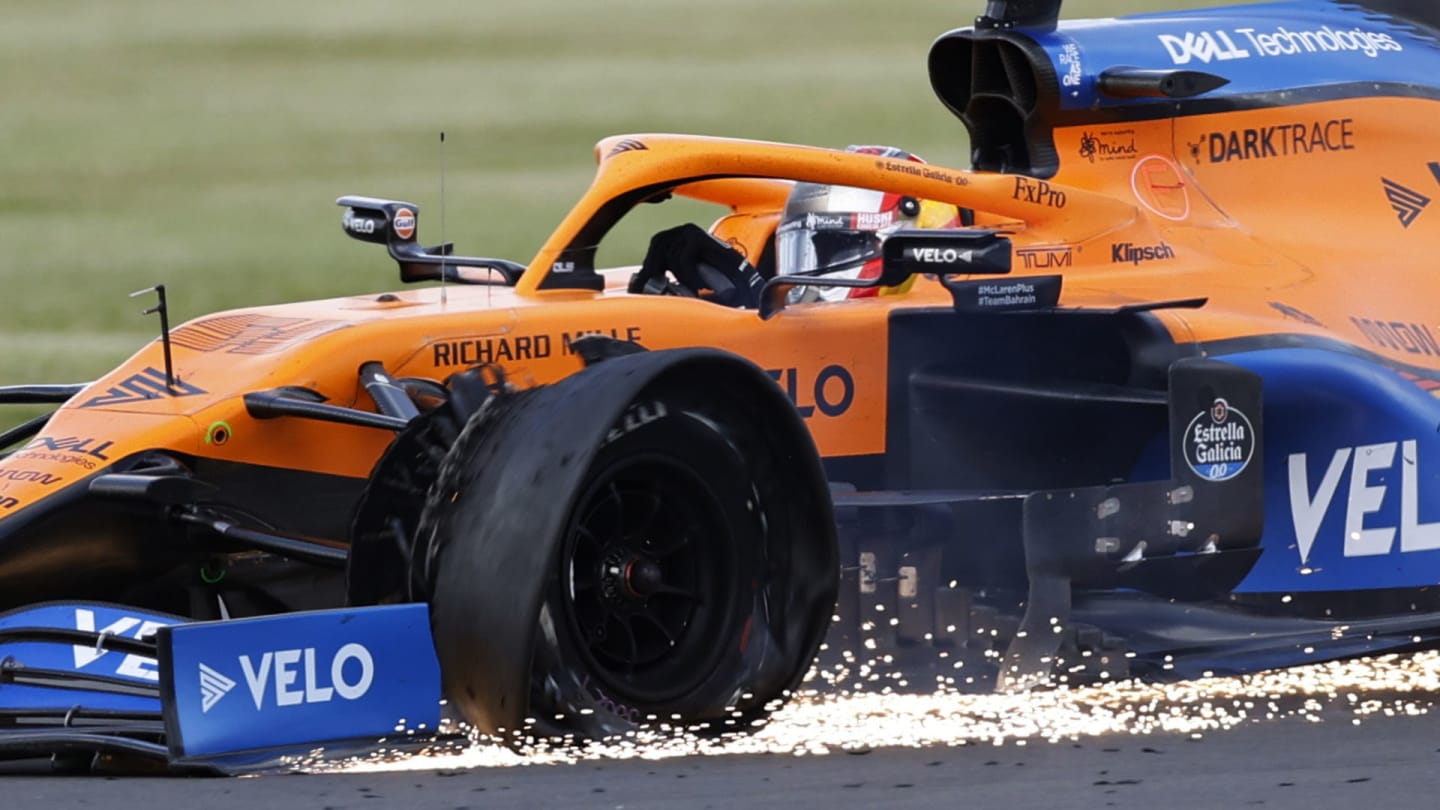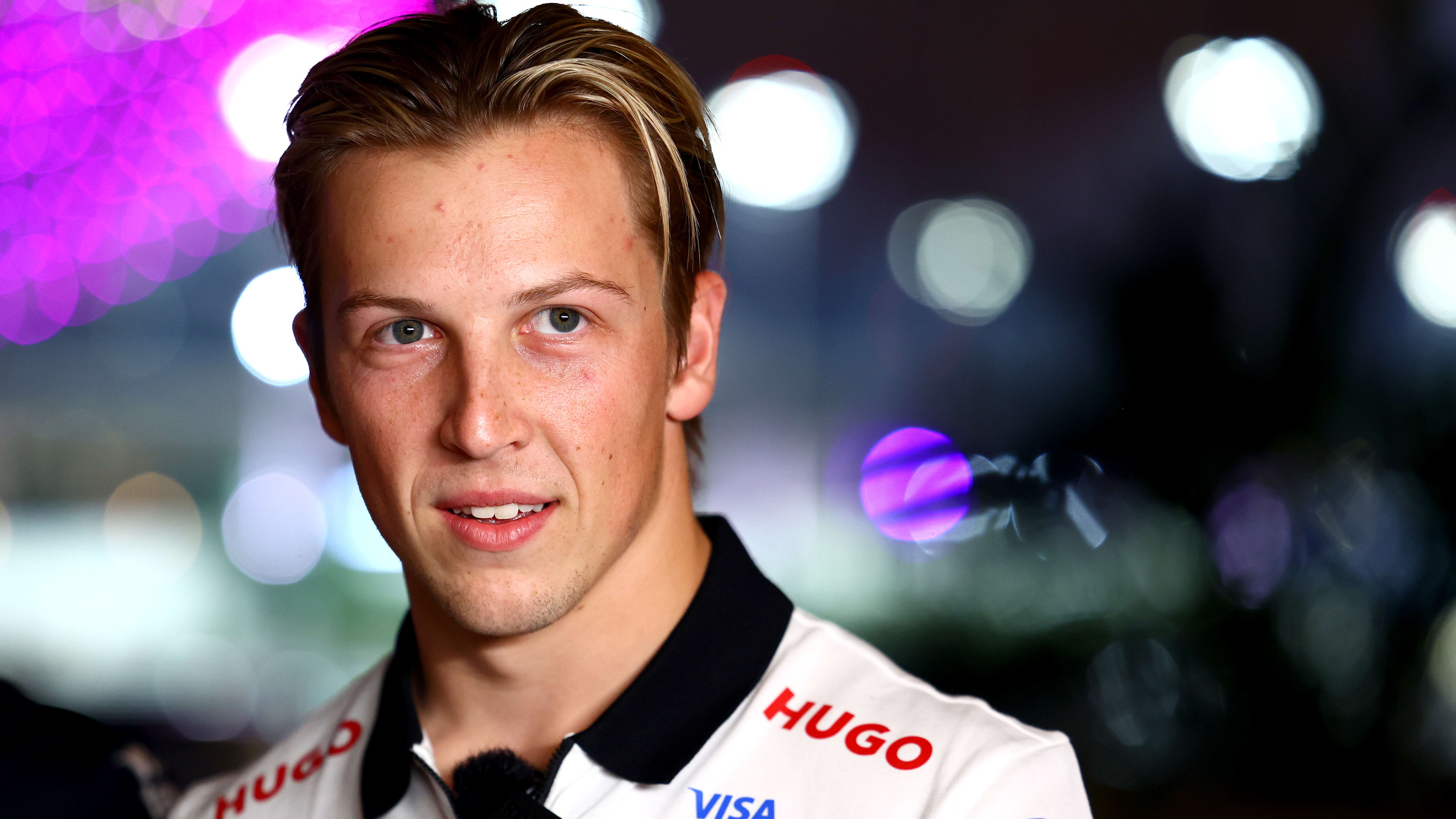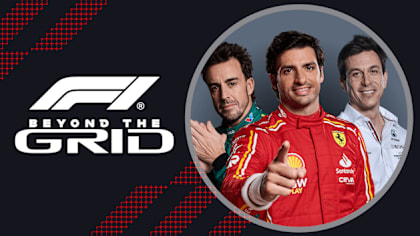
News
Long final stint and 'biggest forces ever seen on tyres' led to failures in British GP, say Pirelli
Share

After the British Grand Prix in which Lewis Hamilton, Valtteri Bottas and Carlos Sainz suffered tyre failures in the final two laps, Pirelli announced they had launched an immediate investigation as to the cause - and today they reported the findings of their initial analysis.
The front left on Bottas's Mercedes was the first to go on the penultimate lap, forcing him to pit and dropping him from second down to 11th at the flag. Sainz suffered a similar fate, slipping from 4th to 13th, while Hamilton was able to limp to the finish line to win, depite his front left also having deflated on the final lap.
READ MORE: Watch and listen to Hamilton ‘fight for survival’ on last lap of British GP
On Tuesday, Pirelli said the failures were the result of an unusually long stint on one set of tyres, coupled with the increased speed of the 2020 F1 cars, meaning the tyres were subject to the "biggest forces ever seen".
In a statement, the Italian company said: "The key reason is down to a set of individual race circumstances that led to an extremely long use of the second set of tyres.
"The second safety car period prompted nearly all the teams to anticipate their planned pit stop and so carry out a particularly long final stint: around 40 laps, which is more than three-quarters the total race length on one of the most demanding tracks of the calendar.
Great Britain 2020: Tyre drama sparks remarkable Silverstone finish
"Combined with the notably increased pace of the 2020 Formula 1 cars (pole position was 1.2 seconds faster compared to 2019) this made the final laps of the British Grand Prix especially tough, as a consequence of the biggest forces ever seen on tyres generated by the fastest Formula 1 cars in history.
"The overall result was the most challenging operating conditions for tyres. These led to the front-left tyre (which is well-known for working hardest at Silverstone) being placed under maximum stress after a very high number of laps, with the resulting high wear meaning that it was less protected from the extreme forces in play."
DATA ANALYSIS: What would have happened had Red Bull not pitted Verstappen in the British GP?
Despite the issues in Sunday's race, the tyre allocation for all teams will move one step softer for this weekend's race, the 70th Anniversary Grand Prix, which is also being held at Silverstone.
Pirelli have confirmed that the change to the softer compounds will go ahead as planned, but said "usage prescription will be reviewed" in terms of the tyre pressures to be used.
"For the second race at Silverstone this weekend, Pirelli confirms the nominated compounds: C2, C3, and C4, being one step softer than those seen at the last GP," the statement added.
"Also the usage prescription will be reviewed, increasing the minimum tyre pressures to reduce the stress on the construction."
YOU MIGHT ALSO LIKE
Podcast BEYOND THE GRID: The best of 2024 – featuring ageless Alonso, Carlos’s comeback and super-sub Bearman
News Crypto.com and Formula 1 extend partnership through to 2030

Video WATCH: F1 Animated is back for an amusing alternate take on the 2024 season
Feature END OF YEAR REPORT: RB – A new identity, another mid-season driver change and flashes of potential



